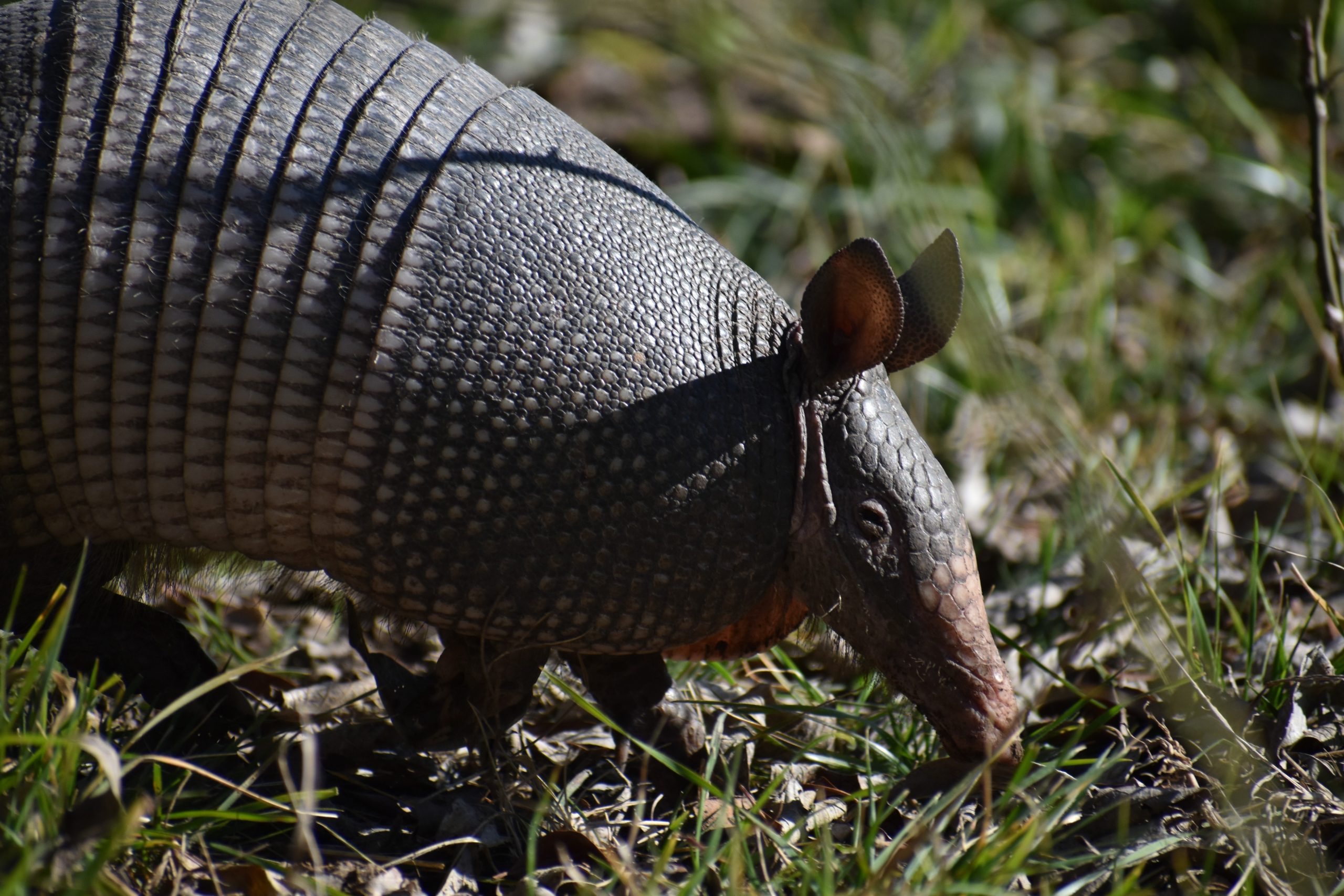A sighting of the Giant Armadillo is hard to come by. This is partially because these creatures live in highly secluded and undisturbed habitat, but also because this species’ numbers are falling dramatically. The Giant Armadillo is now listed as vulnerable by the IUCN due to threats from poachers as well as mass habitat loss and destruction from expanding industrial agriculture. In fact, around 50% of its population has been lost in the last 10 years alone.
The Giant Armadillo can be found in South America with a habitat stretching from northern Venezuela to northern Argentina. In Peru, this largest of armadillo species lives in the Amazon in savannah or forest habitat close to water. This creature is one of more than 30 threatened species protected by the Peruvian Tambopata-Bahuaja Biodiversity Reserve Project, which works to conserve critically threatened rainforest within the Tambopata National Reserve and the Bahuaja-Sonene National Park. Programmes and initiatives led by project developer, AIDER, target biodiversity monitoring and surveillance to ensure species health and numbers. This part of Peru is also an internationally recognised biodiversity hotspot, therefore many of AIDER’s activities help to coordinate and facilitate conservation research and knowledge about this unique ecosystem.
This work has allowed AIDER and other conservationists and scientific professionals to better understand the behaviour of the elusive Giant Armadillo in a way that is improving conservation outcomes for this species. For example, monitoring of this mammal has made clear its importance to ecosystem health. Termites are the Giant Armadillo’s main food source, in addition to other insects like ants and spiders, and it keeps the forest in check by managing population levels. But critically, the digging and burrowing of the Giant Armadillo among termite mounds is also vital to soil aeration – a fundamental process that the entire health of the forest depends upon.
Understanding the ways in which the species of the Amazon interact and intersect forms the core of solutions that work to conserve this highly valuable ecosystem. AIDER’s work here in the Madre de Dios region to protect threatened forest is not only improving outcomes for the Giant Armadillo but contributing to the long-term survival of this ecosystem and to the health of the many other species, big and small, that are needed to ensure its resilience in the face of external pressures.
